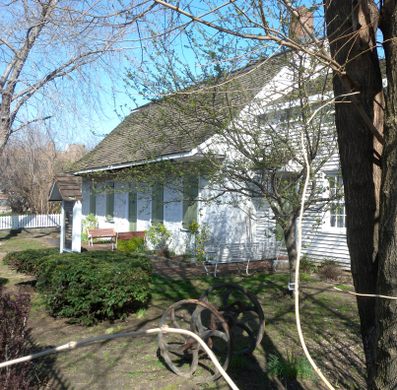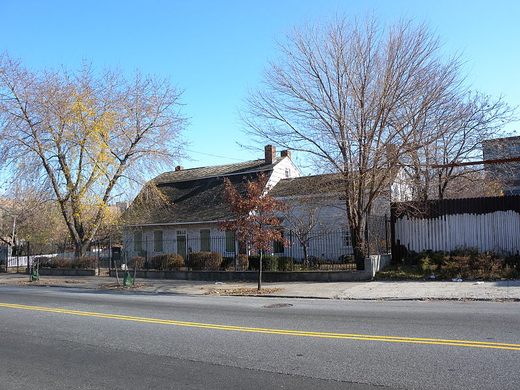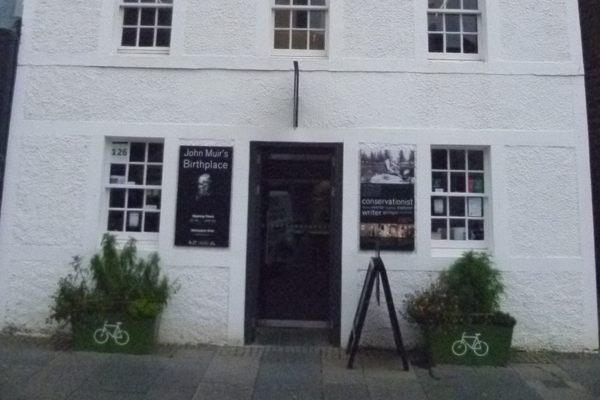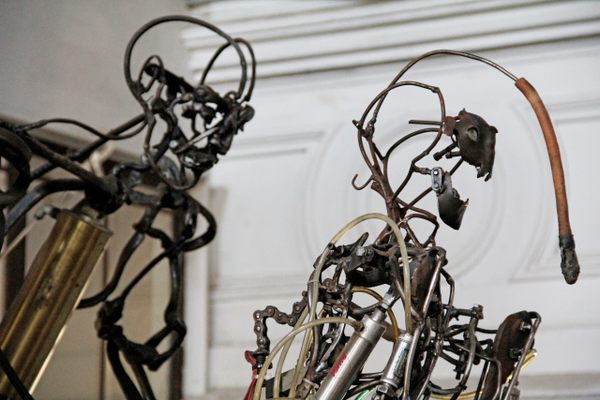Vander Ende-Onderdonk House
The oldest Dutch colonial stone house in New York City is a hidden gem on the border of Brooklyn and Queens.
If you’re the type to bemoan the loss the “old” New York, a trip to the Vander Ende-Onderdonk House on the Brooklyn-Queens border would be well worth your while. Hidden on an unassuming stretch of road between Bushwick and Ridgewood is a true historical gem: the oldest Dutch colonial stone house in New York City.
Built in 1709, the tiny house is a rare remnant of a more pastoral time in Queens history. The parcel of land was granted by Peter Stuyvesant in the 17th century and eventually purchased by Dutch farmer Paulus Vander Ende, who built the structure that we see today. The home was expanded nearly a century later when it was purchased by the Onderdonk family.
Today the 300-year-old colonial home serves as a small historic museum. Visitors can tour the exposed post-and-beam interior and see the traditional double Dutch doors, original wood floors, brick chimneys, and green-shuttered windows. There are a range of exhibits on the history of the site with displays of artifacts discovered in archaeological excavations over the years.
Aside from its historic architectural significance, the Vander Ende-Onderdonk House is notable for being one of the few landmarks of slave ownership in New York City. According to 1738 census, the Vander Ende family owned three slaves. Though New York is known for its progressive politics, this was not unusual at the time; at the start of the 18th century, some 42 percent of New York’s households were slave owners, second only to Charleston, South Carolina, among the colonial cities.
The old farmhouse has been remarkably preserved amid the ever-changing landscape of the city—although over the centuries, the property has shrunk from its original size of 100 acres to about two, and the house itself has undergone a number of changes. After a serious fire in 1975, local residents rallied to save the structure from demolition, forming the Greater Ridgewood Historical Society. It was placed on the National Register of Historic Places in 1978 and still maintained by the GRHS.
Know Before You Go
The museum is only open Saturdays and Sundays from 1-5 p.m and Wednesdays from 3-6 p.m. There is a suggested donation of $3.






















Follow us on Twitter to get the latest on the world's hidden wonders.
Like us on Facebook to get the latest on the world's hidden wonders.
Follow us on Twitter Like us on Facebook